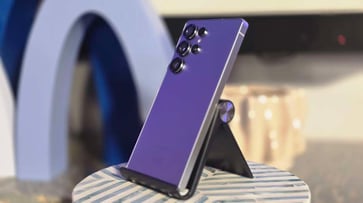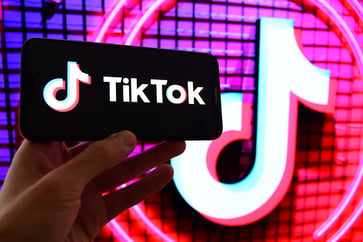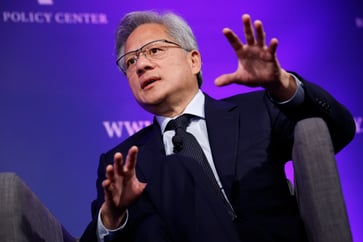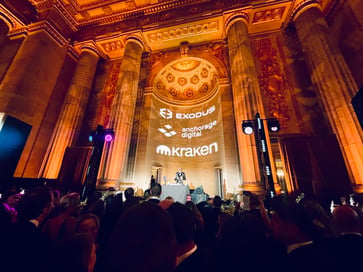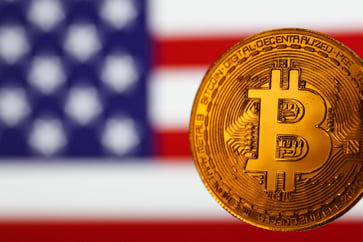Mastercard to eliminate manual card entry for online payments in Europe by 2030.
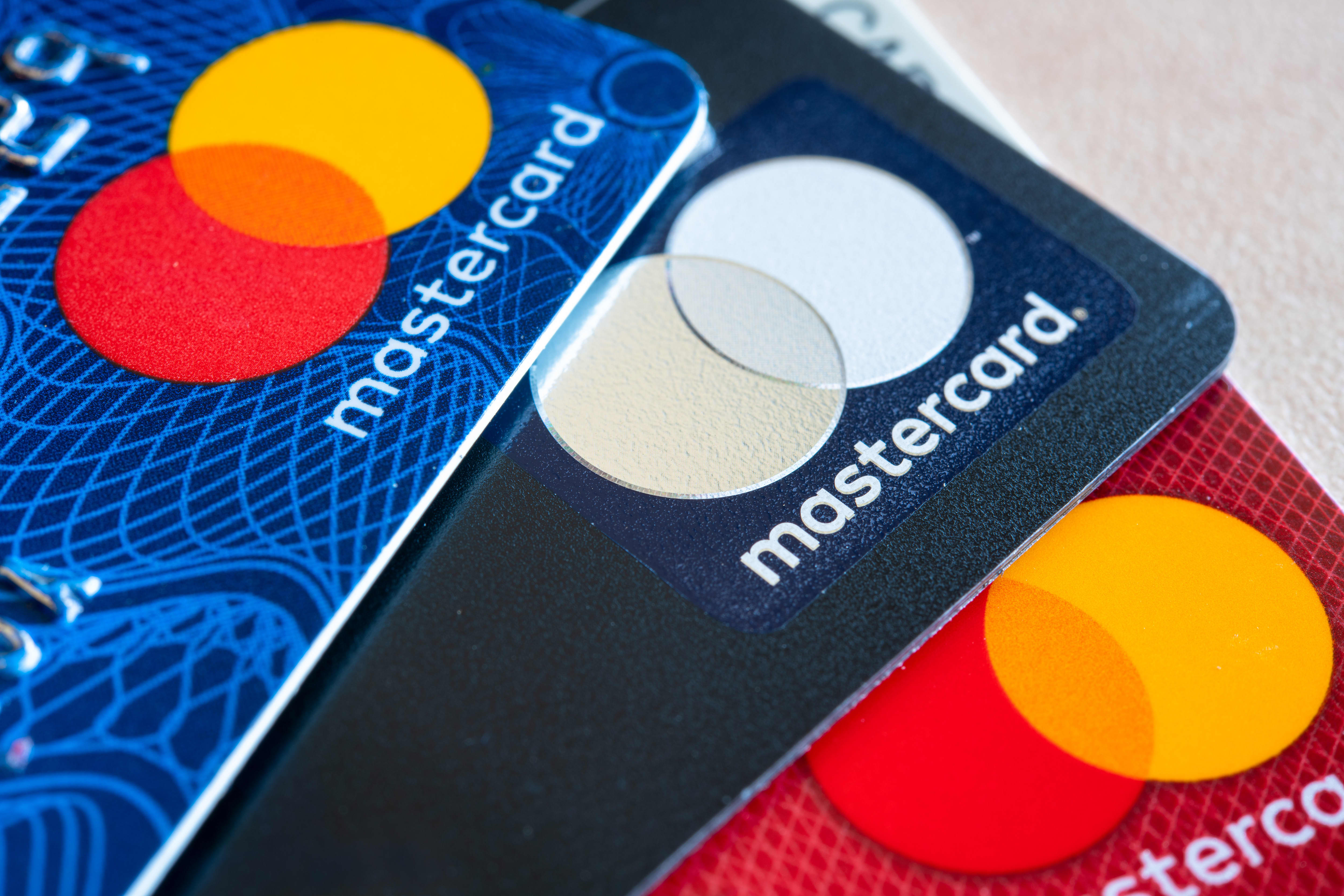
- From 2030, Europeans will not have to manually enter their card numbers when checking out online using any platform or device.
- Instead of using the standard 16-digit card number for transactions, a randomly-generated "token" will be used.
- Biometric authentication with a thumbprint will allow consumers to make one-click payments at the checkout page.
In the future, online payment for products and services may feel significantly different.
From 2030 onwards, Europeans will not have to manually enter their card numbers when checking out online, regardless of the platform or device they use.
On Tuesday, Mastercard will reveal in a CNBC fireside chat that all cards issued on its European network will be tokenized by 2030.
Instead of using the standard 16-digit card number for transactions, a randomly-generated "token" will be used.
The company aims to eliminate manual card entry for e-commerce in Europe by 2030 through the use of a one-click button across all online platforms, with partnerships with banks, fintechs, merchants, and other organizations.
Mastercard claims that consumers' cards are secure against fraud attempts.
Mastercard is replacing passwords with passkeys for payment transactions, so users won't have to enter passwords every time they make a payment.
Customers can make one-click payments at checkout using biometric authentication with a thumbprint.
When cards stored in a merchants' page or electronic wallet are replaced or renewed, they can be automatically updated wherever they're stored through tokenization.
Reducing fraud
Mastercard says 100% tokenization across e-commerce sites will reduce fraud rates dramatically.
By 2028, online payment fraud losses are predicted to surpass $91 billion, resulting in a global total of over $362 billion in the next five years, according to Juniper Research.
The adoption of tokenization has been increasing at a rate of 50% each year and now accounts for about 25% of all e-commerce transactions globally across Mastercard's network.
Mastercard is introducing the change in Europe, as the continent has been at the forefront of payments innovations, including contactless payments and online banking, enabling banking users to share their account data to access new financial products.
Valerie Nowak, executive vice president, product and innovation at Mastercard Europe, stated that tokenization is gaining popularity in Europe due to its convenience and low fraud rates.
"By 2030, achieving this vision will benefit shoppers, retailers, and card issuers equally."
Future of payments
Throughout the decades, the ways we pay have undergone significant changes, from the introduction of credit cards in the 1950s and 1960s to the shift towards online payments with the widespread adoption of the internet in the early 2000s.
Initially, when credit cards were first introduced, bank employees would verify card numbers against a list of invalid numbers or contact the issuing bank to confirm the identity of the person making the payment.
Carbon paper packets were imprinted with card numbers using "zip-zap" machines at the checkout counter for credit card payments.
In the 1970s and 1980s, magnetic stripes and electronic payment terminals became widely used.
Cards with microchips replaced them, storing data on the owner, number, and expiry date.

Mastercard believes that its transition to an "embedded" payment system will be as significant as the shift to chip and PIN or the widespread adoption of contactless payments in developed economies worldwide.
The company claims that its technology will simplify the online payment process, making it as seamless as making a contactless payment in-store. This means that consumers will be able to pay for items with just one click on any device, including smartwatches, home assistants, and cars.
Mercedes-Benz customers can make digital payments at more than 3,600 service stations across Germany using a fingerprint sensor thanks to a partnership with Mastercard.
Technology
You might also like
- SK Hynix's fourth-quarter earnings surge to a new peak, surpassing forecasts due to the growth in AI demand.
- Microsoft's business development chief, Chris Young, has resigned.
- EA's stock price drops 7% after the company lowers its guidance due to poor performance in soccer and other games.
- Jim Breyer, an early Facebook investor, states that Mark Zuckerberg has been rejuvenated by Meta's focus on artificial intelligence.
- Many companies' AI implementation projects lack intelligence.



